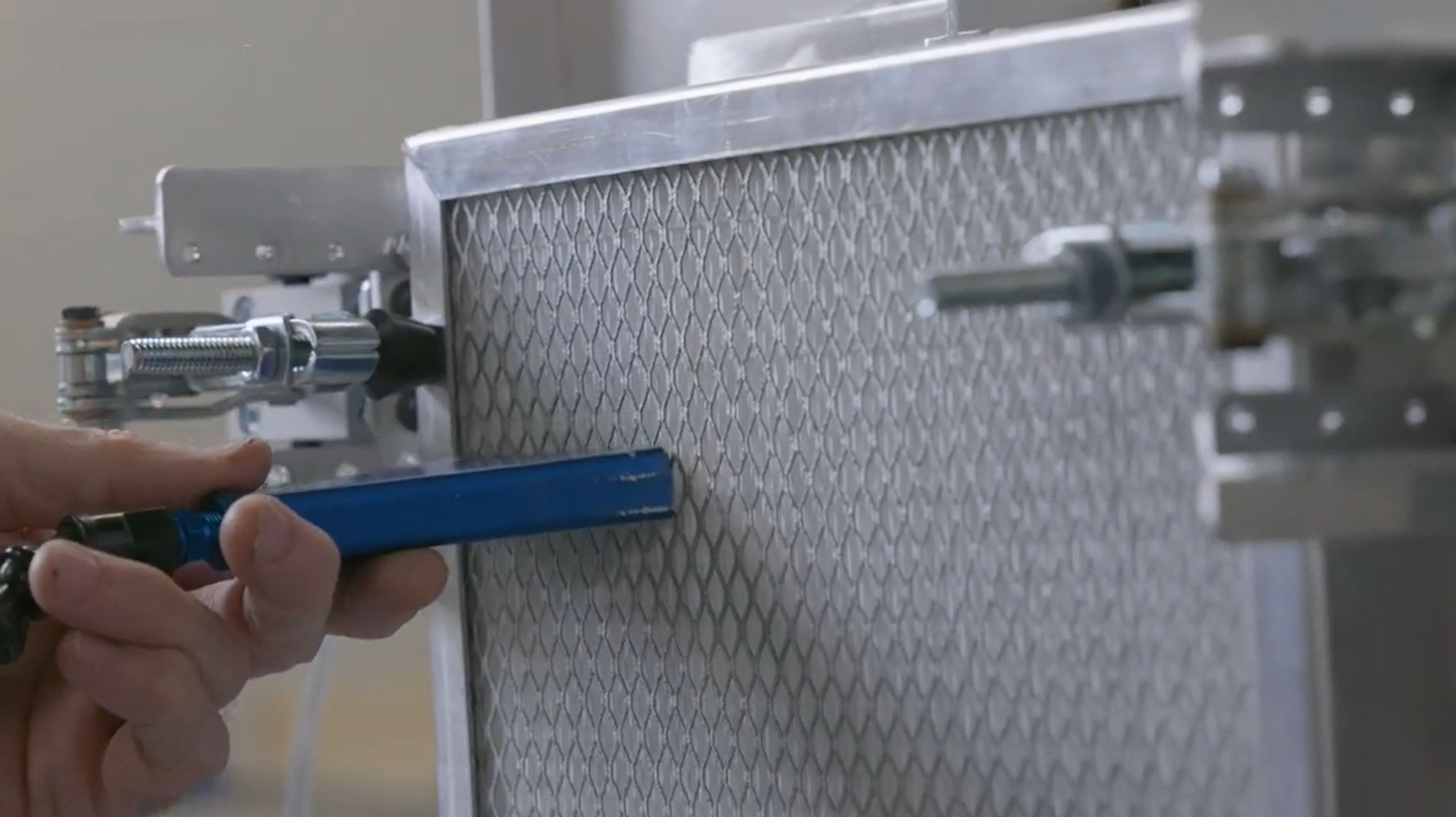Radon is a naturally occurring radioactive gas. It’s produced when uranium, thorium, and radium break down in soil, rock, and water. It’s then released into the air. You can’t see, smell or taste radon, but it could be present at a dangerous level in your home. Radon is the leading cause of lung cancer deaths among nonsmokers in America and claims the lives of about 21,000 Americans each year. In fact, the EPA and the U.S. Surgeon General urge all Americans to protect their health by testing their homes, schools and other buildings for radon.
 Approximately 6 million homes in the United States have radon levels above 4 picocuries per liter (pCi/L), which is the remediation level the EPA recommends. Miners in uranium, tin, silver, coal, and other types of underground mines may have increased radon exposure. Good ventilation can effectively reduce the incidence of lung cancer in miners. The risk of lung cancer from radon exposure is estimated between 10 to 20 times greater for persons who smoke cigarettes as compared with those who have never smoked. The added risk is unclear regarding medical exposure, which can exceed that from radon. Radon exposure is, after tobacco smoke, the leading environmental cause of lung cancer death (Copes 2007; EPA 2009a). Thus for nonsmokers, radon exposure is the leading cause of lung cancer death, period (EPA 2009b).
Approximately 6 million homes in the United States have radon levels above 4 picocuries per liter (pCi/L), which is the remediation level the EPA recommends. Miners in uranium, tin, silver, coal, and other types of underground mines may have increased radon exposure. Good ventilation can effectively reduce the incidence of lung cancer in miners. The risk of lung cancer from radon exposure is estimated between 10 to 20 times greater for persons who smoke cigarettes as compared with those who have never smoked. The added risk is unclear regarding medical exposure, which can exceed that from radon. Radon exposure is, after tobacco smoke, the leading environmental cause of lung cancer death (Copes 2007; EPA 2009a). Thus for nonsmokers, radon exposure is the leading cause of lung cancer death, period (EPA 2009b).
Is An Air Purifier Helpful For Preventing Radon?
First and foremost if you are dealing with high Radon levels in your home seek a professional’s help in assessing the situation.
Air Purifiers are great for mold, dust, allergies, bacteria and viruses, and odors, but many people do not know that they can also help with toxins, gases and chemicals such as radon. The most important type of air filter to reduce radon levels is an activated carbon filter.
Carbon, which is often referred to as “charcoal,” is a substance that has a long history of being used to remove chemical impurities. Activated carbon is carbon which has a slight electro-positive charge added to it, making it even more attractive to negatively charged chemicals and impurities. There are two principal mechanisms by which activated carbon removes contaminants: adsorption, and catalytic reduction (a process involving the attraction of negatively-charged contaminant ions to the positively-charged activated carbon).
Benefits of Activated Carbon Filter Technology
- Excellent odor reduction
- Best technology for removing chemical contaminants
- Well regarded in scientific and medical communities for its effectiveness
- Cost effective to purchase, maintain, and operate




